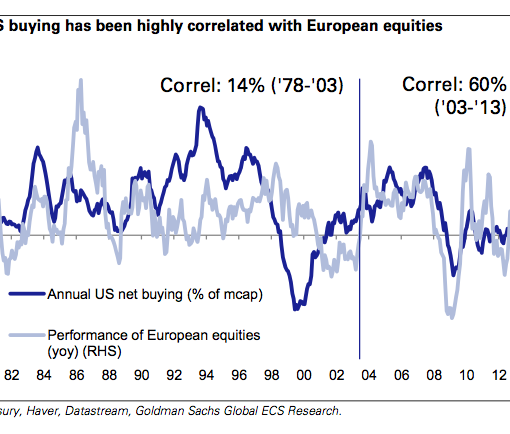Value investing has historically been a winning strategy, but it’s been a rough couple of years. So is value dead?
Should we all just buy the S&P 500 and be done?
The rumors of value’s death have been greatly exaggerated, in my view.

Value Matters
Larry Swedroe wrote an excellent piece on the subject this month, Don’t Give Up On the Value Factor, and I’m going to publish a few excerpts below.
“As the director of research for Buckingham Strategic Wealth and The BAM Alliance, I’ve been getting lots of questions about whether the value premium still exists. Today I’ll share my thoughts on that issue. I’ll begin by explaining why I have been receiving such inquiries.
Recency bias – the tendency to give too much weight to recent experience and ignore long-term historical evidence – underlies many common investor mistakes. It’s particularly dangerous because it causes investors to buy after periods of strong performance (when valuations are high and expected returns low) and sell after periods of poor performance (when valuations are low and expected returns high).
A great example of the recency problem involves the performance of value stocks (another good example would be the performance of emerging market stocks). Using factor data from Dimensional Fund Advisors (DFA), for the 10 years from 2007 through 2017, the value premium (the annual average difference in returns between value stocks and growth stocks) was -2.3%. Value stocks’ cumulative underperformance for the period was 23%. Results of this sort often lead to selling.”
Recency Bias
In my opinion, other than perhaps overconfidence, recency bias is probably the most dangerous cognitive bias for the vast majority of investors.
Investors look at the recent past and draw the conclusion that this is “normal” and representative of what they should expect going forward.
This is why otherwise sane people do crazy things like buy tech stocks in 1998, Florida homes in 2005 or Bitcoin in late 2017.
Now back to Swedroe:
Investors who know their financial history understand that this type of what we might call “regime change” is to be expected. In fact, even though the value premium has been quite large and persistent over the long term, it’s been highly volatile. According to DFA data, the annual standard deviation of the premium, at 12.9%, is 2.6-times the size of the 4.8% annual premium itself (for the period 1927 through 2017).
As further evidence, the value premium has been negative in 37% of years since 1926. Even over five- and 10-year periods, it has been negative 22% and 14% of the time, respectively. Thus, periods of underperformance, such as the one we’ve seen recently, should not come as any surprise.
Rather, they should be anticipated, because periods of underperformance occur in every risky asset class and factor. The only thing we don’t know is when they will pop up.
Takeaway
Well said, in my opinion.
After a period like the past ten years, it’s easy to draw the conclusion that value is dead. But investors drew the same conclusion in 1999. And they were dead wrong.
As a case in point, see Julian Robertson’s last letter to investors.
Photo Credit: reynermedia via Flickr Creative Commons




